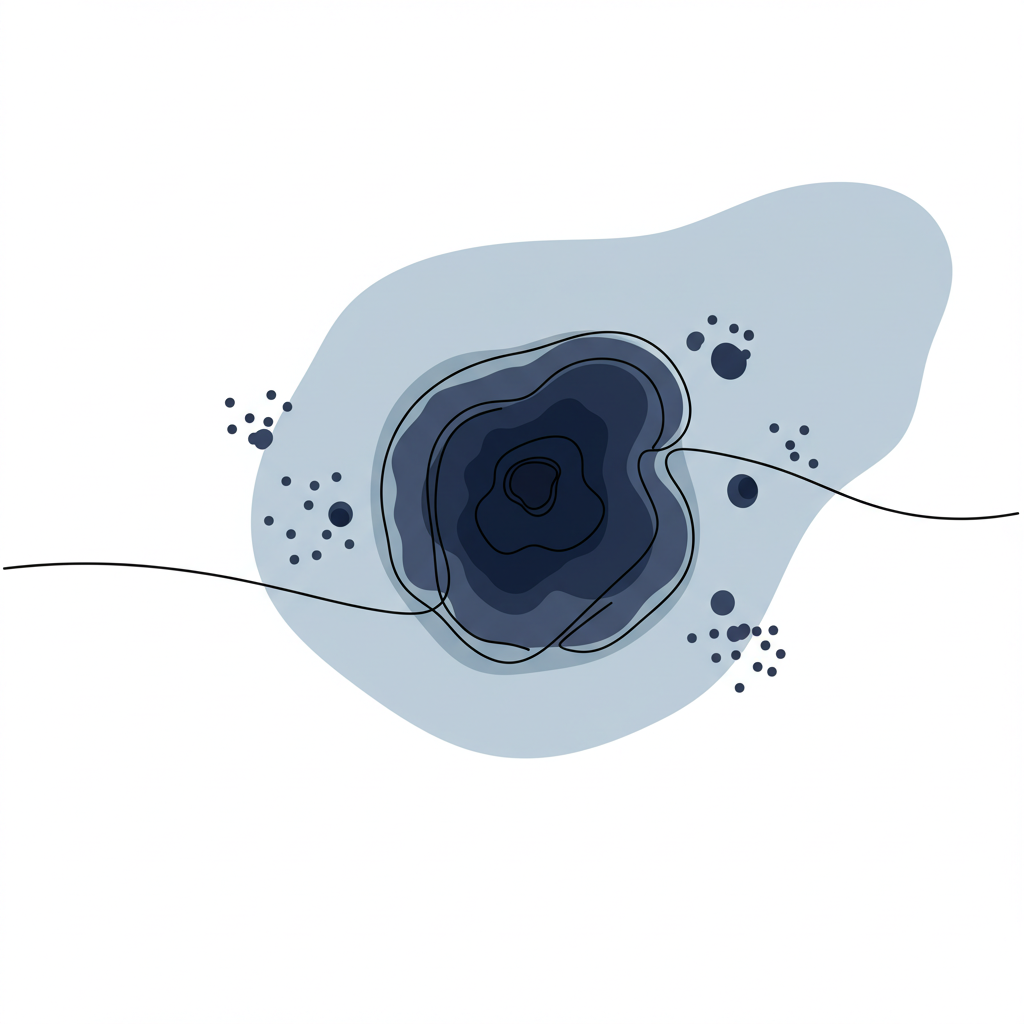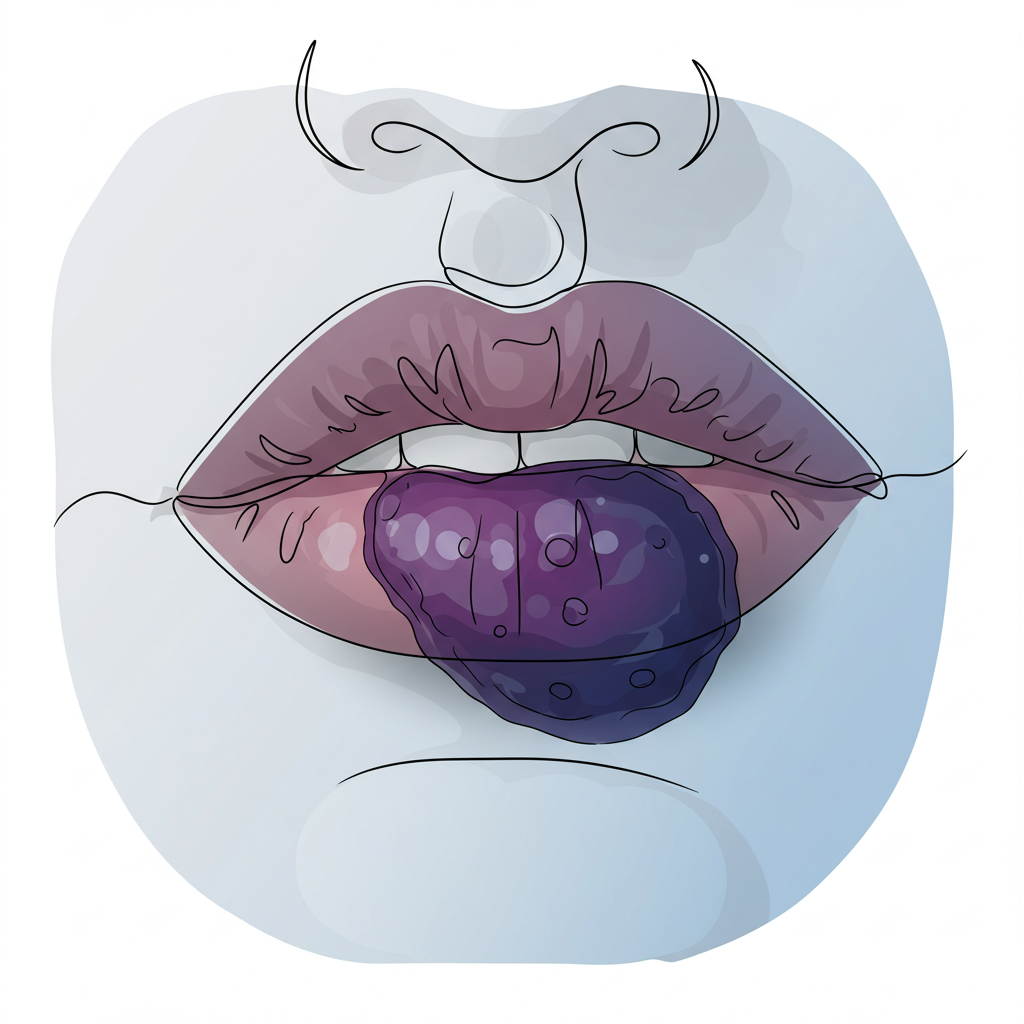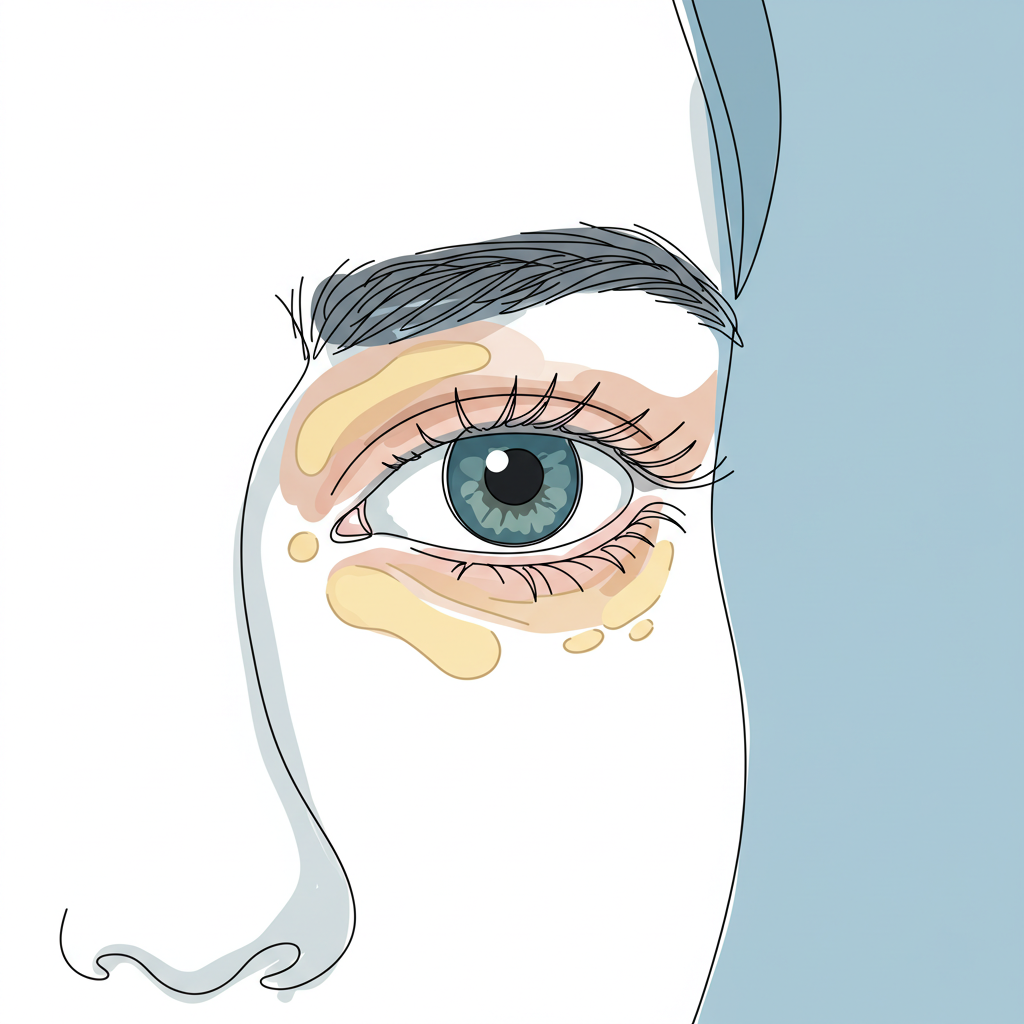Acne scarring represents one of the most challenging and persistent complications of acne vulgaris, affecting millions worldwide and transforming both skin texture and patients’ self-image. This comprehensive guide delves into the intricate nature of acne scarring, exploring its various manifestations and the complex factors that contribute to its development, while offering hope through modern treatment approaches.
What is Acne Scarring?
Acne scarring occurs through a complex fibrous process that permanently alters the skin’s appearance following acute acne lesions. These structural changes in the skin result from the body’s natural healing response to inflammation and tissue damage caused by severe acne. When inflammation penetrates deep into the skin, it triggers a cascade of healing mechanisms that can lead to either excess or insufficient collagen production, resulting in permanent textural changes that characterize different types of acne scars.
The Journey from Acne to Scarring
The path from active acne to permanent scarring represents a complex interplay between inflammation, healing, and tissue remodeling. Acne predominantly affects areas with a high concentration of pilosebaceous units (oil-producing glands), particularly the:
- Face, where scarring can be most visible and psychologically impactful
- Chest, often experiencing deeper, more severe lesions
- Back, commonly affected by nodular or cystic acne
- Shoulders, frequently developing hypertrophic scarring
The progression from active acne to permanent scarring follows a delicate balance influenced by several critical factors, each playing a crucial role in determining the final appearance of healed skin:
- Genetic predisposition, which influences healing patterns and scar formation
- Timing of treatment intervention, with earlier treatment typically resulting in less scarring
- Severity of inflammatory response, directly correlating with scar development
- Type and depth of acne lesions, affecting the pattern of tissue damage
- Individual healing characteristics, varying significantly among patients
Classification of Acne Scars
Understanding the diverse nature of acne scarring requires a detailed examination of its various forms. Acne scars are categorized into three primary types based on their relationship with collagen production and loss, each presenting unique challenges for treatment and management.
1. Atrophic Scars
These represent the most common form of acne scarring, characterized by a loss of collagen and resulting in depressions in the skin. The formation of atrophic scars reflects insufficient collagen production during the healing process, leading to distinct patterns of tissue loss. They are further subdivided into three distinct subtypes, each requiring different treatment approaches:
Ice Pick Scars
These deep, narrow scars create distinctive puncture-like depressions in the skin:
- Narrow, deep penetrating scars that appear as sharp columns in the skin
- Less than 2mm in diameter, making them particularly challenging to treat
- Extend deep into the dermis, often reaching the subcutaneous layer
- Appear as sharp, deep holes in the skin, resembling damage from an ice pick
Rolling Scars
Characterized by their undulating appearance:
- Wider depressions with sloping edges that create a rolling landscape
- Typically exceed 5mm in diameter, affecting larger areas of skin
- Create a wavelike appearance on the skin surface
- Involve fibrous anchoring to deeper structures, requiring specialized treatment
Boxcar Scars
These distinctive depressions represent some of the most challenging forms of acne scarring:
- Oval to round depressions that create well-defined craters in the skin
- Sharp, defined vertical edges that distinguish them from rolling scars
- Wider than ice pick scars, often creating noticeable indentations
- Variable depth in the skin, requiring customized treatment approaches based on severity
The appearance of boxcar scars often resembles chickenpox scarring, with their characteristic sharp margins and round or oval shape creating a distinctive pattern across affected areas.
2. Hypertrophic Scars
These elevated scars represent an overproduction of collagen during the healing process, creating raised areas that can be both cosmetically and functionally challenging:
- Raised, firm scar tissue that feels different from surrounding skin
- Confined to the original injury boundaries, unlike keloid scars
- More common on the trunk, particularly in areas of high tension
- May improve gradually over time through natural collagen remodeling
Hypertrophic scars often respond well to early intervention, with proper treatment potentially preventing their progression to more severe forms.
3. Keloid Scars
Keloid scars represent the most aggressive form of post-acne scarring, characterized by excessive collagen production that extends beyond the original wound boundaries:
- Raised, red-purple growths that can continue expanding over time
- Extend beyond original acne boundaries, sometimes significantly
- More common in certain skin types, particularly in individuals with darker skin tones
- Can continue to grow and evolve long after the initial acne has healed
These challenging scars require specialized treatment approaches and often benefit from early intervention to prevent extensive growth.
Impact on Quality of Life
The psychological and social impact of acne scarring extends far beyond physical appearance, often creating profound effects on an individual’s daily life and emotional wellbeing. Many individuals experience:
- Decreased self-confidence that affects personal and professional interactions
- Social anxiety leading to withdrawal from activities and relationships
- Depression stemming from persistent appearance concerns
- Professional challenges, particularly in public-facing roles
- Relationship difficulties affecting both existing and potential connections
The emotional burden of acne scarring often persists long after the active acne has resolved, making comprehensive support and treatment essential for overall wellbeing.
Prevention and Early Intervention
The most effective approach to managing acne scarring begins with prevention through aggressive treatment of active acne and careful attention to skin care. Key preventive strategies include:
- Prompt treatment of inflammatory acne to minimize tissue damage
- Avoiding picking or squeezing acne lesions, which can significantly worsen scarring
- Regular consultation with dermatology professionals for ongoing assessment
- Consistent skincare routine focusing on gentle, effective products
- Sun protection to prevent post-inflammatory hyperpigmentation and scar deterioration
Early intervention represents the cornerstone of successful scar prevention, with timely treatment significantly reducing the risk of permanent scarring.
Treatment Options
Modern dermatology offers an expanding array of treatment approaches for existing acne scars, each designed to address specific scar types and severity levels:
Topical Treatments
These represent the first line of defense against early scarring:
- Retinoids to promote cell turnover and collagen production
- Vitamin C serums for antioxidant protection and collagen stimulation
- Chemical peels of varying depths for skin resurfacing
- Silicone-based products to improve scar appearance and texture
Procedural Interventions
Advanced treatments targeting more severe scarring include:
- Laser therapy utilizing various wavelengths for specific scar types
- Dermabrasion for comprehensive skin resurfacing
- Microneedling to stimulate natural collagen production
- Subcision for breaking up fibrous scar tissue
- Dermal fillers for immediate volume restoration
- Platelet-rich plasma therapy to enhance natural healing
Conclusion
Acne scarring represents a significant challenge in dermatology, requiring a comprehensive understanding of its various forms and contributing factors. While prevention through early acne treatment remains paramount, the growing array of effective interventions offers hope for those already affected by scarring. Working with qualified healthcare providers to develop an individualized treatment plan provides the best opportunity for improving scar appearance and restoring confidence.
The journey to managing acne scars requires patience, persistence, and a well-planned treatment approach. With proper medical guidance and consistent treatment, significant improvements are possible for many patients. Understanding the type of scarring present and available treatment options empowers individuals to make informed decisions about their care and take proactive steps toward skin improvement, ultimately leading to enhanced self-confidence and quality of life.



